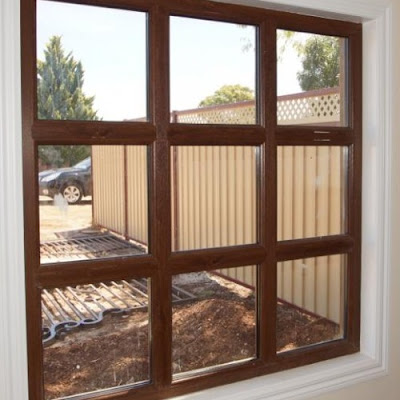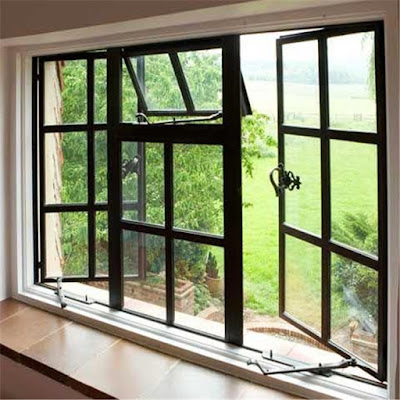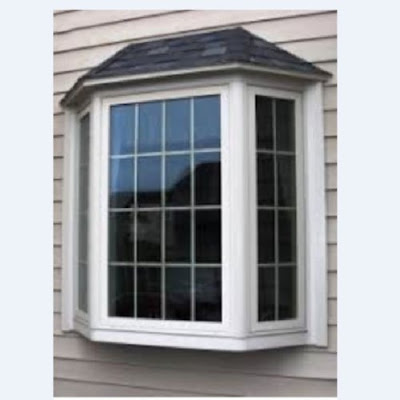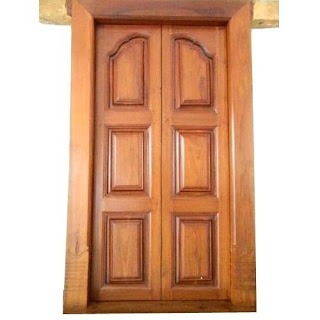In continuation with the earlier article on ‘the various stages in construction of a house’, after external finishes of a house we will go for the installation of door and window frames.
In this article we will be discussing on the various types of windows used in a house
At PKC Realtors, we install windows as per the client’s requirement. Some of them are discussed below.
Types of Windows:
In general selection of windows depends on the following factors-
- Location of the room
- Size of the room
- Direction of the wind
- Climatic conditions
- Utility of the room
- Architecture of the room
There are many varieties of windows available in the market
Below are some of them-
- Fixed Windows:
- Fixed windows are fixed to the wall without any closing or opening operation
- In general, they are provided to transmit the light into the room
- Fully glazed shutters are fixed to the window frame
- The shutters provided are generally weatherproof
- Awning Windows:
- An awning window is hinged on its top edge, so that it opens upwards and out
- Awning windows commonly are paired with large picture windows and placed along bottom, sides, or top of the picture window to provide ventilation
- They can also be installed above doors
- Because they open out, awning windows are not recommended near walkways
- Sliding Windows:
- In this case, window shutters are movable in the frame
- The movement may be horizontal or vertical based on our requirements
- The movement of shutters is done by the provision of roller bearings
- Single Hung and Double Windows:
- These are the most common and familiar window types
- The only difference between them is that single-hung has a movable lower sash and a fixed upper sash, while double-hung has two movable sashes; the upper sash slides down
- The main advantage of double-hung windows is somewhat better ventilation
- With both sashes opened about halfway, air naturally flows in through the lower opening and out through the upper opening
- Pivoted Windows:
- In this type of windows, pivots are provided to window frames
- Pivot is a shaft which helps to oscillate the shutter
- The swinging may either horizontal or vertical based on the position of pivots.
- Louvered Windows:
- Louvered windows are provided for the ventilation without any outside vision
- The louvers may be made of wood, glass or metal
- Louvers can also be folded by provision of cord over pulleys
- Generally, they are provided for bathrooms, toilets and privacy places etc.,
- Casement Windows:
- Casement windows are the widely used and common windows nowadays
- The shutters are attached to frame and these can be opened and closed like door shutters
- The panels of shutters may be single or multiple
- Sometimes wired mesh is provided to stop the entry of mosquitoes and fly’s
- Metal Windows:
- Generally mild steel is used for making metal windows
- These are very cheap and have more strength
- Some other metals like aluminum, bronze, stainless steel etc., are also used to make windows
- For normal casement windows also, metal shutters are provided to give strong support to the panels
- Sash Windows:
- Sash window is type of casement window, but in this case panels are fully glazed
- It consists of top, bottom and intermediate rails
- The space between the rails is divided into small panels by means of small timber members called sash bars or glazing bars
- Bay Windows:
- Bay windows are projected windows form wall which are provided to increase the area of opening, which enables more ventilation and light form outside
- The projection of bay windows are of different shapes- Triangular/Rectangular/Polygonal etc.,
- They give beautiful appearance to the structure
- Dormer Windows:
- Dormer windows are provided for sloped roofs
- These are projected from the sloping surface
- They provide ventilation as well as lighting to the room
- They also enhance aesthetic sense of room
- Lantern Windows:
- Lantern windows are provided for over the flat roofs
- The main purpose of this window is to provide the more light and air circulation to the interior rooms
- Generally, they are projected from the roof surface so, we can close the roof surface when we required
- Gable Windows:
- Gable windows are provided for sloped roof buildings
- These windows are provided at the gable end of sloped roof, so they are called as gable windows
- They also improve the appearance of building
Therefore these are the various types windows used by PKC Realtors in their construction projects
In the next part of this article, we will be discussing on the installation of electrical and plumbing lines in house construction
For more information,
People can get in touch with me in LinkedIN, Facebook, Instagram
PK,
PKC Groups.































